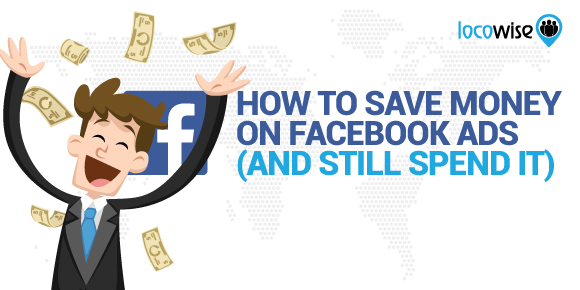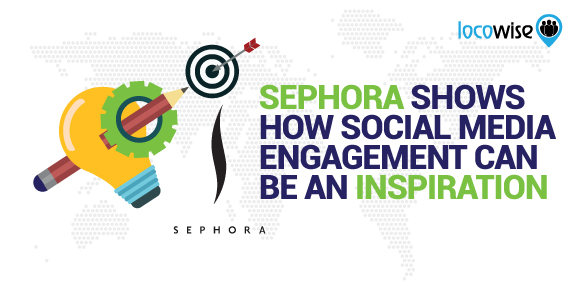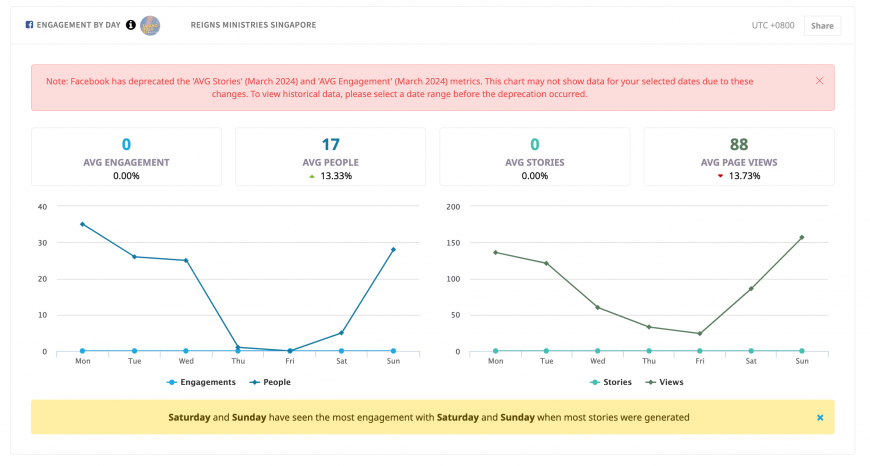Have Brands Fully Embraced Paid Ads On Social?
Sahail Ashraf posted on 20 November 2018
Facebook just keeps making brands work harder. In recent times, events at the company have brought about a kind of sea change, with Facebook thinking about the user first, and companies second. That’s all good, but it does mean that some brands have had to think carefully about their marketing strategy, and reassess their willingness to put money into Facebook.
It can work, and there are plenty of examples of brands that have followed the paid method on Facebook with great results. But this hasn’t brought about a huge return to paid-ads for brands who have left or are leaving. And on top of that, it has meant that organic is all but dead now. How can brands adjust?

So who is doing it?
It’s nigh on impossible (without getting awkward with execs) to know which mega-brands have pushed Facebook ads since Facebook decided to make brands pay more. However, there are a number of medium-sized brands that have seen the potential and found a way to integrate successful paid campaigns with any organic stuff they’ve got going on. The results for some have been more than impressive. And we’ll start with a brand that has literally doubled in size thanks to paid campaign.
Sumo does a lot of amazing stuff for website owners, such as helping with conversation and conversion through apps and software, or making websites ‘stickier’. The biggest thing they do is help brands increase website traffic.
Last year, before Facebook began its mission to make brands work harder with marketing, Sumo did what most brands find incredibly challenging. The company ran a paid ad campaign, and saw results that meant the company went from $5 million to $10 million, all on the strength of the paid ads campaign.
The paid work had a very definite structure, and the depth ensured that Sumo saw real results. Firstly, the content that they used to push audiences towards the paid ads was highly targeted. This ensured conversions would be healthy.
However, Sumo then switched things up with the next stage. Retargeting happened, pushing users who clicked onto a more compelling (and persuasive) ad that pulled in emails. This worked fantastically, warming up clickers to a compelling blog post, and then using a paid ad to push towards email capture.
That $5 million to $10 million growth is nothing to be sniffed at, and it certainly helped Sumo have a great year. But what can we learn from what happened?
Create compelling, valuable content and then combine that with paid advertising. That’s what we can learn from this. We’re guessing the ad spend on Facebook wasn’t exactly nominal, but it can be more than justified by the results.
All of this is essentially a clue to what can be achieved through a great mixture of organic and paid. But has anyone else done it?
Sephora
This is a perfect example of a large brand using paid ads to develop a huge impact on their audience.
The campaign consisted, on Facebook, of a video ad that was super fast and very colourful. Sephora and it’s team must have been acutely aware that short videos work best with an audience that has a short time span. A lot of info is packed into those few seconds.
However, the campaign overall showed how a synchronised and relatable approach backed up with paid ads can really propel a post into the stratosphere.
Facebook focused on Tabs for Canvas and this was because that option drills down into the very core of a brand’s demographics. This paid option simply uses a special algorithm that presents audiences with ad content they’d like to see.
Then Facebook looked at custom audiences and creating content around them. When the Facebook ad was displayed to audiences, the reaction was one that came out of deep customer demographic research. The ad was effective because it showed a video and images for four products that Sephora offers. This way, the use of paid ads worked in the brand’s favour. Being able to deliver custom ads to audiences meant that there was more scope for conversion.
And how did that work? Well, the details from Facebook state that Sephora received a 32% return on ad spend during the campaign, significantly more than before. This alone is proof to any brand that ad spend can bring about a proportionate return.
Improvements?
Both of the examples above cover brands that used ad spend strategically. And both were piggy-backed on top of organic content.
So there is improvement in presence and engagement there due to ad spend. However, while these two campaigns didn’t cost the Earth, they may well have been out of reach for many brands.
The key takeaway is the fact that a compelling offer, delivered off the back of a quality piece of content, can bring brands massive conversion rates. And that’s what will most probably be the model going forward. Brands will keep creating content that is meant to be organic, but they will push buyers through the sales funnel with the help of the boost that paid ads bring.
Paid ads used to be the only way in which brands could take a real step forward on Facebook. Now, Facebook is simply complicating it, and forcing brands to make better content if they want any chance of pushing buyers to conversion.
To use Facebook better, you need high quality metrics. Data that shows you who is being reached and engaged with via your social is essential. Try out Locowise for a full week, for absolutely free.






